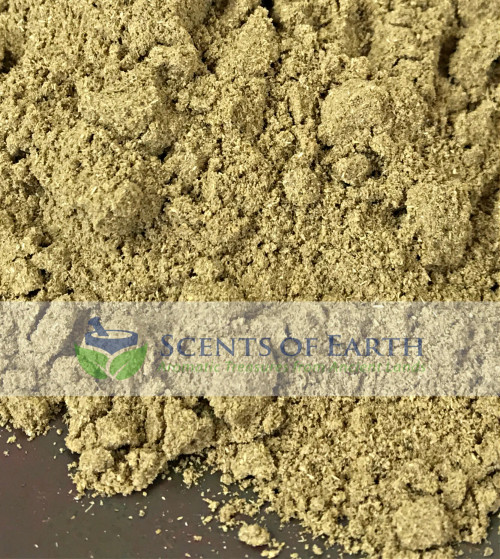A small tree native to southwestern China produces a fruit that ripens into the shape of a star. Star Anise may (Pimpinella anisum) be the least studied of all incense ingredients. Anise is used in Japanese and Chinese incense in small increments.
Instantly recognizable, anise it tastes and smells like licorice, which has led to use in flavoring candies and foods. In Asia, sometimes people eat star anise after meals to freshen breath and aid digestion. One of the phytochemicals, 1,8 Cineole, is both a stimulant and a sedative. Another, Limonene, is considered as a possible anti-Alzheimer component. This suggests an ability to improve awareness and alertness. Star Anise has been known to enhance relaxation, sleep patterns, emotional balance and even a sense of humor. It relieves stress from overwork and is said to be an aphrodisiac.
Medical Disclaimer: Our expertise lies in incense making and fragrance. Information contained on these pages is solely for your enjoyment. We can not provide medical advice or recipes as we are not health professionals. Before ingesting anything that is not food, we strongly suggest seeking counsel from a licensed health practitioner.
Also check out:







